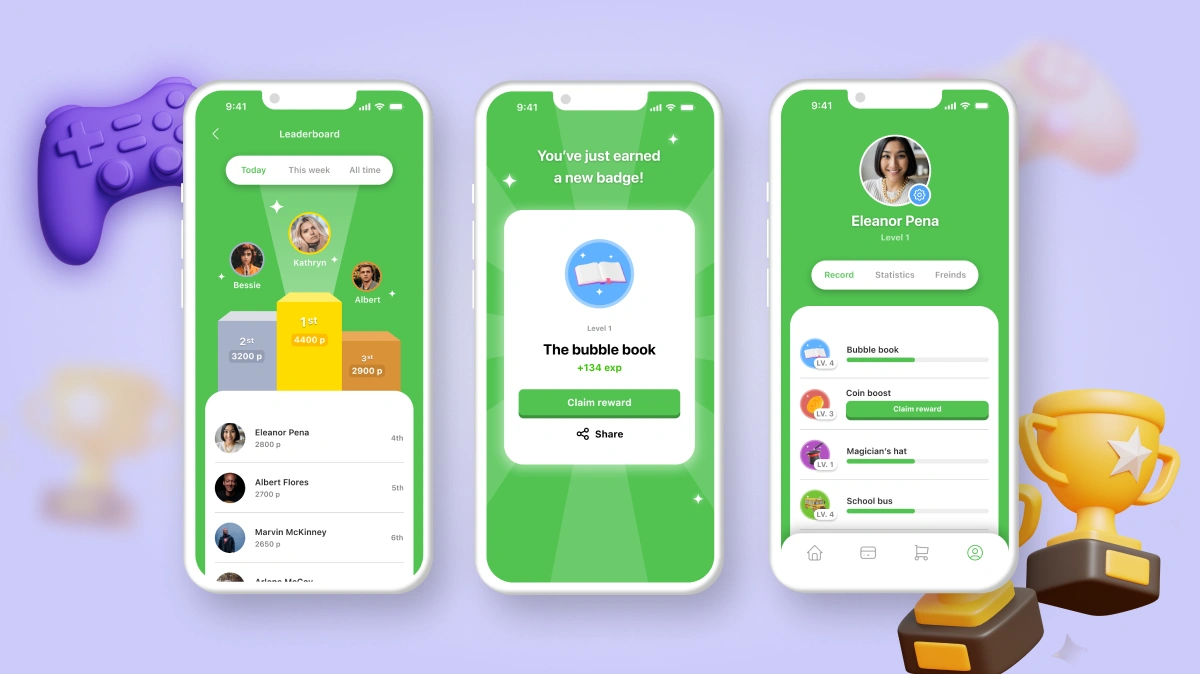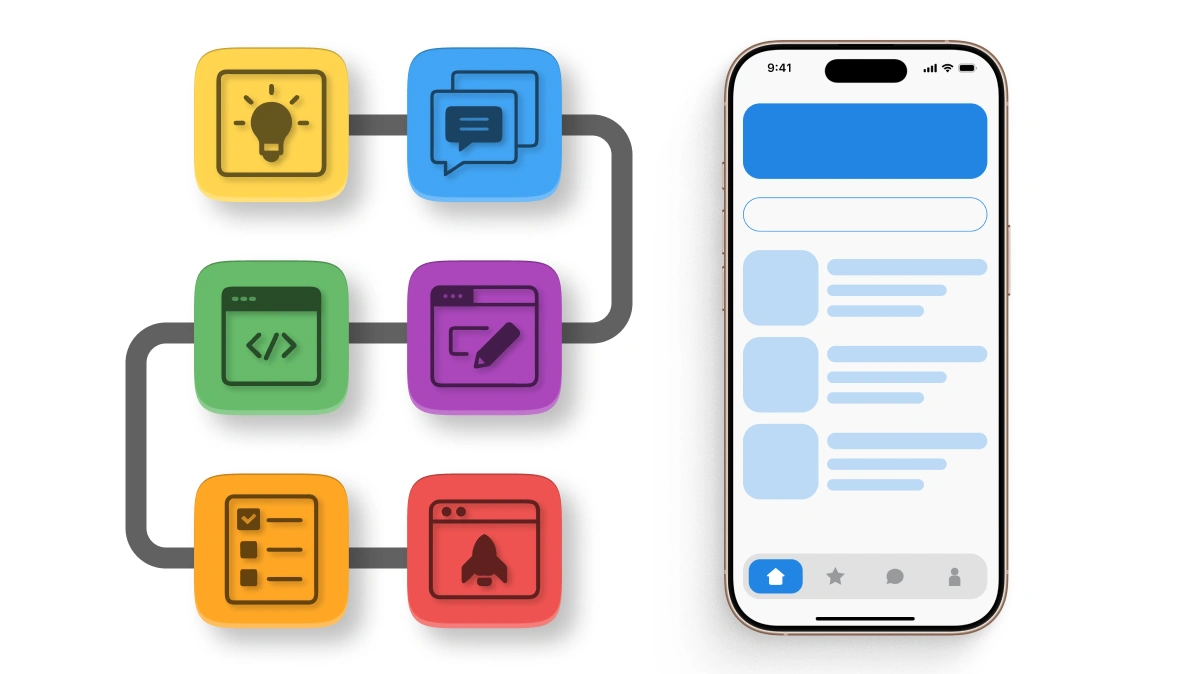
In 2025, gamification has become a pivotal tool for mobile apps aiming to attract and retain users, boost activity, and foster loyalty. The rising competition in the digital space and demand for interactive user experiences make gamification essential for restaurants, stores, fitness centers, and small businesses. This article explores how gamification in mobile apps drives user attraction, sales growth, and loyalty, and how to optimize it for maximum organic traffic.
Why Is Gamification Key to Attracting Users in 2025?
Gamification transforms mobile apps by adding game-like elements that make interactions engaging and motivating. According to analysts, the mobile app market will reach $600 billion in 2025, with gamified apps boosting user engagement by 30–50%. Gamification offers:
- Interactivity: Elements like points, rewards, and leaderboards encourage activity.
- Customer loyalty: Loyalty programs with gamification retain audiences.
- Increased sales: Gamified promotions drive purchases via online ordering.
- Competitive advantage: Apps with gamification are associated with innovation.
SEO Tip: Optimize descriptions in App Store and Google Play with keywords like "gamification in apps", "user engagement", or "interactive app" to attract organic traffic.
1. What Is Gamification and How Does It Attract Users?
Gamification involves applying game mechanics in non-gaming contexts, such as mobile apps, to enhance user engagement. It includes points, rewards, challenges, leaderboards, and badges that make app interactions fun and motivating.
Benefits of Gamification for Attraction
- User motivation: Points for actions or purchases encourage activity.
- Emotional engagement: Challenges and rewards create positive experiences.
- Social interaction: Leaderboards and sharing achievements on social media.
- Personalization: AI tailors game elements to user preferences.
How to Implement?
- Add a points system for purchases or app interactions.
- Integrate push notifications via Firebase or OneSignal for challenge reminders.
- Create leaderboards to foster competition among users.
2. How Gamification Boosts User Activity?
Gamification in mobile apps makes interactions frequent and prolonged, significantly increasing user engagement.
Benefits
- Usage frequency: Gamified apps motivate users to return regularly.
- Session duration: Challenges extend time spent in the app.
- Viral effect: Users share rewards on Instagram or TikTok.
How to Implement?
- Add daily challenges, e.g., “Make 3 orders to earn a discount.”
- Integrate social features for sharing achievements.
- Use Google Analytics to analyze engagement metrics.
3. Building Loyalty Through Gamification
Gamification strengthens customer relationships through loyalty programs and personalized experiences.
Benefits
- Loyalty rewards: Discounts or bonuses for app achievements.
- Emotional connection: Badges for activity foster pride.
- Personalized offers: AI tailors rewards to preferences.
How to Implement?
- Integrate CRM systems like HubSpot for personalization.
- Create a badge system for achievements, e.g., “Loyal Customer.”
- Use push notifications to remind users about rewards.
4. Driving Sales with Gamification
Gamification boosts sales growth by simplifying purchases and motivating users with rewards.
Benefits
- Purchase incentives: Promotions like “Earn points for orders.”
- Upselling: Suggest complementary products via gamified offers.
- Customer retention: Reminders for abandoned carts via gamified messages.
How to Implement?
- Integrate payment systems like Stripe or Apple Pay.
- Add gamified promotions, e.g., “Buy 5 times, get a discount.”
- Use Mixpanel to track conversion rates.
5. SEO Optimization for Gamified Apps
Gamified mobile apps offer new opportunities for SEO optimization, driving organic traffic.
Benefits
- App store SEO: Optimized descriptions boost rankings in App Store and Google Play.
- Content marketing: Blogs about gamification attract audiences.
- Social media: Integration with Instagram or TikTok for sharing achievements.
How to Implement?
- Use Google Keyword Planner to select keywords.
- Create SEO-optimized descriptions with phrases like "gamified app".
- Add Google My Business for local search, e.g., "fitness app".
Gamification Trends in 2025
- Artificial intelligence: AI tailors gamified elements to user preferences.
- Augmented reality: AR for interactive challenges, like virtual quests.
- Voice interfaces: 38% of users use voice commands for interactions.
- Security: Biometric authentication for data protection.
Tips for Implementing Gamification
- Define goals: Understand how gamification attracts users to your restaurant or store.
- Create simple mechanics: Add points or rewards for basic actions.
- Use cross-platform tools: Flutter or React Native for cost savings.
- Test UX: Ensure gamified features are user-friendly across devices.
- App store SEO: Use keywords like "gamified app".
Gamification in mobile apps in 2025 is a powerful tool for attracting users, increasing sales, and building loyalty. With game elements like points, rewards, challenges, and leaderboards, your business can create memorable user experiences. Leverage AI, AR, and SEO optimization to boost rankings in App Store and Google Play. Invest in gamified mobile apps to ensure your business thrives in the digital world.



